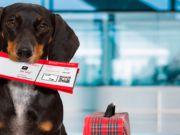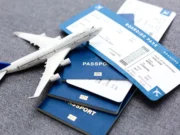1. Traveling with Pets: Things to Consider
Planning Your Trip
Owners of dogs and cats know that before planning a trip, they need to decide who will stay with their pets: call relatives or friends or find a good hotel for animals. But there is another way: take your pets with you.
Types of Pets Allowed
Note that in this article, we are talking about cats and dogs. We think that rare travelers decide to take their favorite axolotl, rabbit, or aquarium fish with them on vacation. Although on the train, all of these pets can travel without problems.
2. How to Transport an Animal on a Long-Distance Train
Buying a Special Ticket
First, buy a special ticket. Any animal, regardless of species, breed, or size, must have one.
Limitations on Number of Pets
One person can bring no more than two animals. If you plan to go on holiday with three dogs, take one more person with you.
Allowed Train Compartments
According to railway rules, animals can be transported in separate compartments but not in reserved seats or SV cars. In high-speed trains like the Sapsan or Lastochka, animals are allowed only in specific locations.
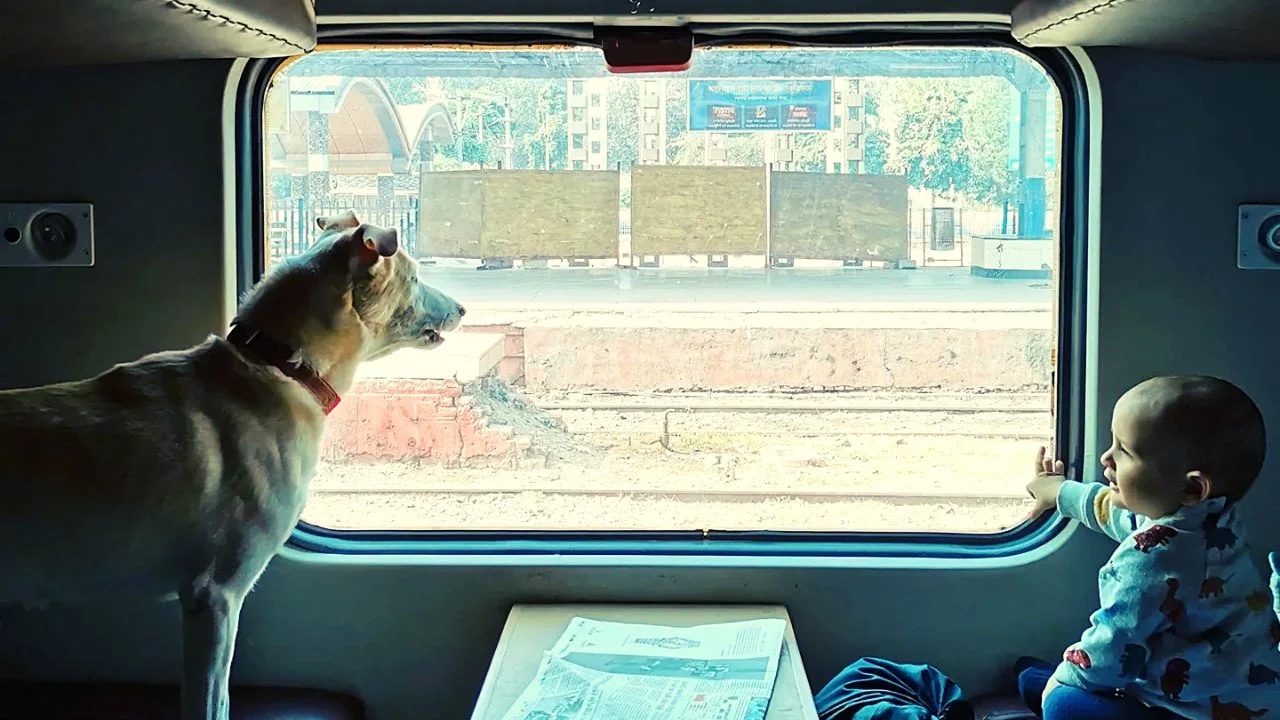
Pet Carrier Requirements
Small pets must be transported in special cages or containers that fit in the places intended for carry-on baggage. The carrier’s size in three dimensions must not exceed 180 cm.
Rules for Large Dogs
If your dog does not fit in a cage, it is considered a large dog and can travel without it, but it must be muzzled and on a leash. A large dog needs a separate seat, and no more than three people can be in the same compartment with it.
Veterinary Documents Required
When traveling, updated rules state that veterinary passports or vaccinations are not required. For international travel, you will need a veterinary certificate (Form No. 1) and a veterinary passport with all required vaccinations.
Guide Dogs
Guide dogs accompanying disabled individuals can travel in all types of carriages without a ticket. They must have a collar and a muzzle and stay at the feet of their owner.
Summary for Train Travel
- Find out on the Railways website which trains and compartments allow pets.
- Buy a special ticket for your pet at the ticket office at the station.
- Purchase a pet carrier (max 180 cm in total dimensions) or a leash and muzzle for larger dogs.
- Feed and walk your pet a couple of hours before the trip and bring necessary supplies.
- If traveling abroad, check required documents and vaccinations in advance.
3. How to Transport an Animal on a Plane

Checking Airline Regulations
Rules for transporting animals vary among airlines, so call the airline before purchasing your ticket to confirm their policies.
Notifying the Airline
Notify the airline at least two days before the flight (or immediately after purchasing your ticket) that you are flying with an animal. Airlines have quotas for pets, so if the maximum number is reached, you may not be allowed to bring your pet.
Ticket and Baggage Space
Unlike trains, animals do not require a separate ticket on a plane. Instead, they require a paid baggage space. Transporting an animal is generally not included in free baggage allowances.
Cabin or Cargo Hold
Airlines decide whether pets can travel in the cabin or must go in the baggage hold. Small pets are often allowed in the cabin, but weight limits vary (e.g., Aeroflot allows up to 8 kg, UTair up to 10 kg). Some airlines prohibit a cat and a dog from traveling together in the cabin.
Rules for Large and Dangerous Breeds
Potentially dangerous breeds must be transported in the baggage compartment. Some airlines require reinforced cages for these dogs. Always check with your airline if your dog is classified as a dangerous breed.
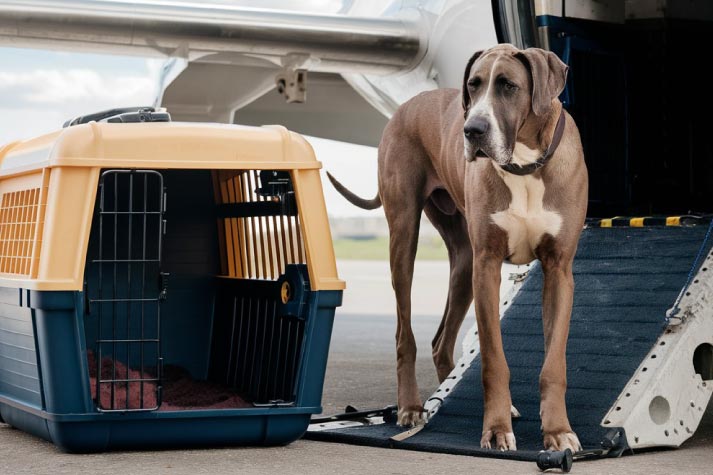
Carrier Requirements
Both in the cabin and baggage compartment, the pet must be in a cage or special container. The cage must allow the pet to stand up, turn around, and have ventilation holes.
Veterinary Documents
Your pet must have a veterinary passport with a rabies vaccination record. For international flights, an international certificate form 5A is required. Some countries, such as China, require pets to undergo quarantine upon arrival.
Airport Procedures
Arrive at the airport at least four hours before departure to pass veterinary control, check in for your flight, and pay for baggage if necessary.
Restrictions on Certain Breeds
Some airlines prohibit the transportation of brachycephalic (flat-faced) dogs and cats due to their sensitivity to pressure changes. Fighting and aggressive breeds may also be restricted.
Guide Dogs on Flights
Cabin travel is free for guide dogs. They must have a muzzle and a leash, and be properly trained with certification.
Summary for Air Travel
- Call your airline before purchasing a ticket to confirm pet transport rules.
- Inform the airline at least two days before your flight.
- Gather the required veterinary documents, including a pet passport and vaccinations.
- Purchase an appropriately sized pet carrier.
- Arrive at the airport early (about four hours before departure) to complete all necessary procedures.
Read more: 15 Smart Tips for a Stress-Free USA Trip
4. How to Stay with a Pet in a Hotel
Finding a Pet-Friendly Hotel
Select the ‘Pets allowed’ filter for hotels. Confirm with the hotel that they accept animals before booking.
Extra Fees and Rules
Many hotels charge an additional fee for pets and have weight limits (often up to 15 kg). Clarify all rules with the hotel before your arrival.
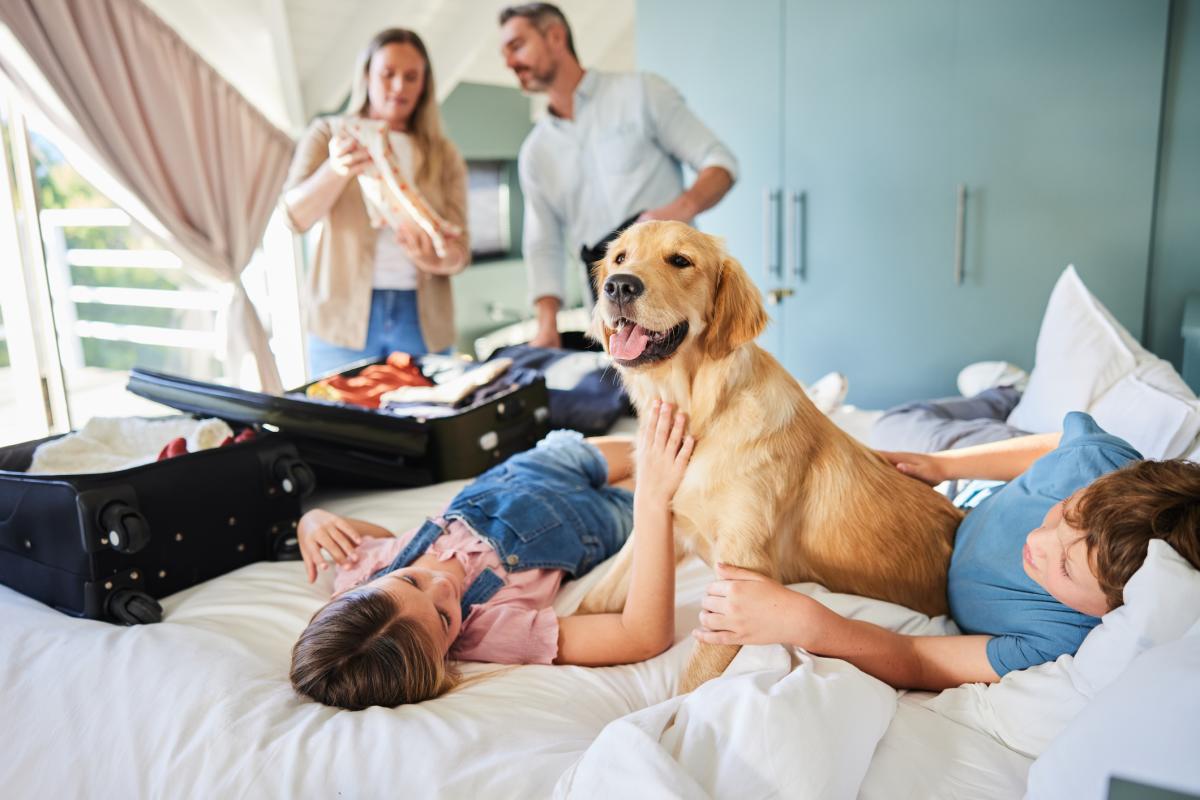
Checking In with a Pet
Upon arrival, you may need to present your pet’s veterinary passport. Ask the hotel staff for designated walking areas and pet-friendly policies.
Essential Supplies
Bring enough pet food, bowls, diapers, a mat, or a carrier. Some hotels provide bowls, so check in advance.
Leaving Pets Unattended
Avoid leaving pets alone in the room. If necessary, notify the staff. Most hotels do not allow animals in restaurants, bars, or by the pool.
Beach Restrictions
Public beaches often prohibit animals, so look for designated pet-friendly beaches.
This guide ensures a smooth travel experience for you and your pet by following the necessary rules and preparations.
Conclusion
Traveling with pets requires careful planning and attention to detail, but with the right preparation, it can be a smooth and enjoyable experience for both you and your furry companion. Whether you’re taking a train, flying, or staying in a hotel, understanding the rules and requirements in advance will help you avoid unnecessary stress. Always check with transport providers and accommodations, ensure your pet’s comfort and safety, and carry all necessary documents. With thoughtful preparation, your pet can be part of your adventures, making your trip even more memorable. Safe travels.




